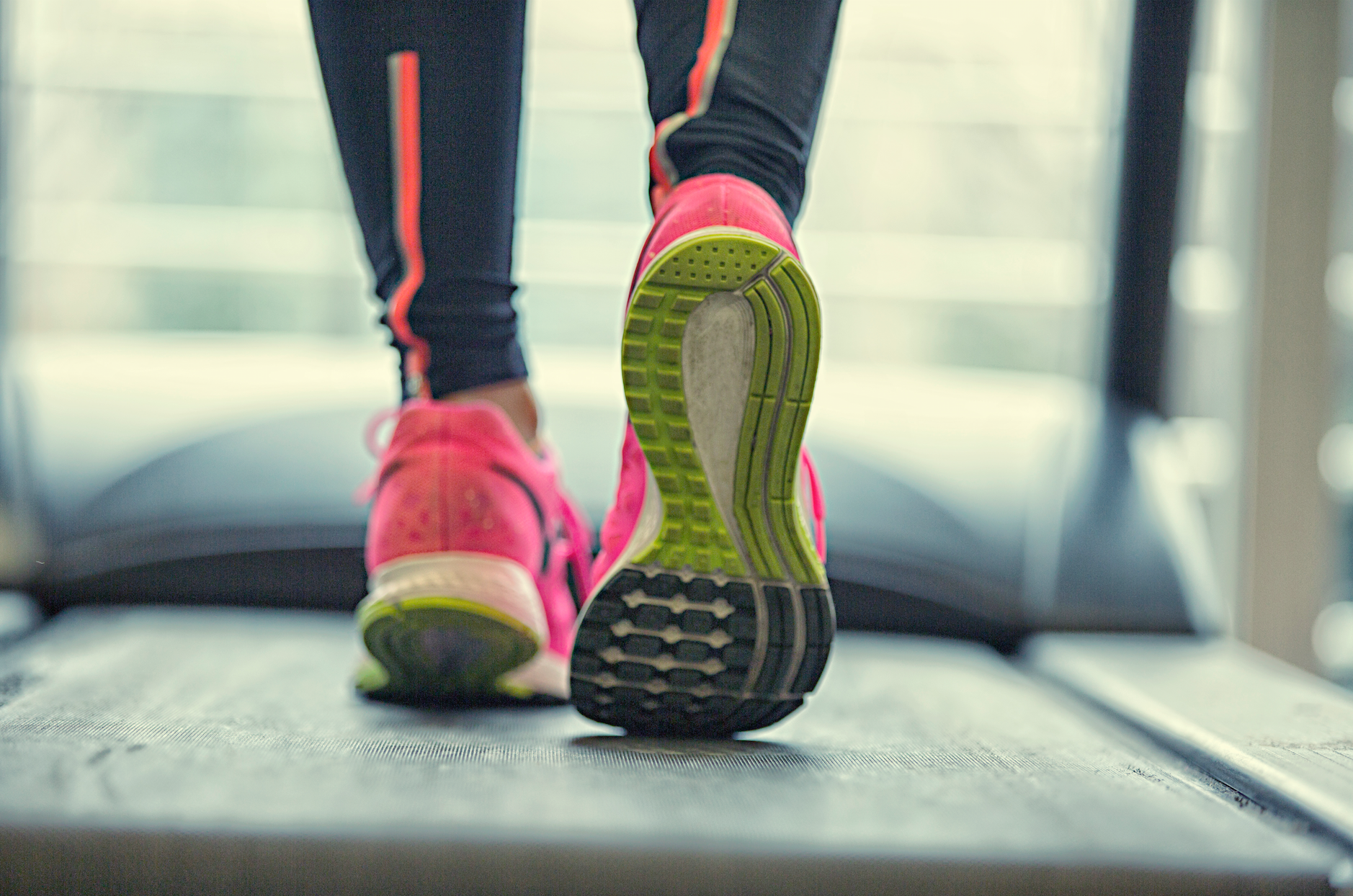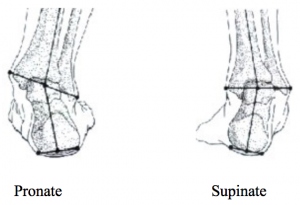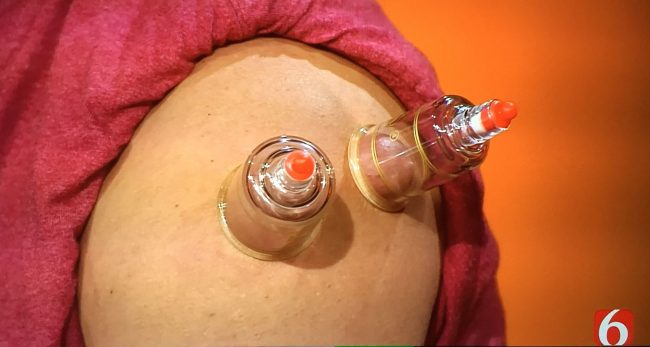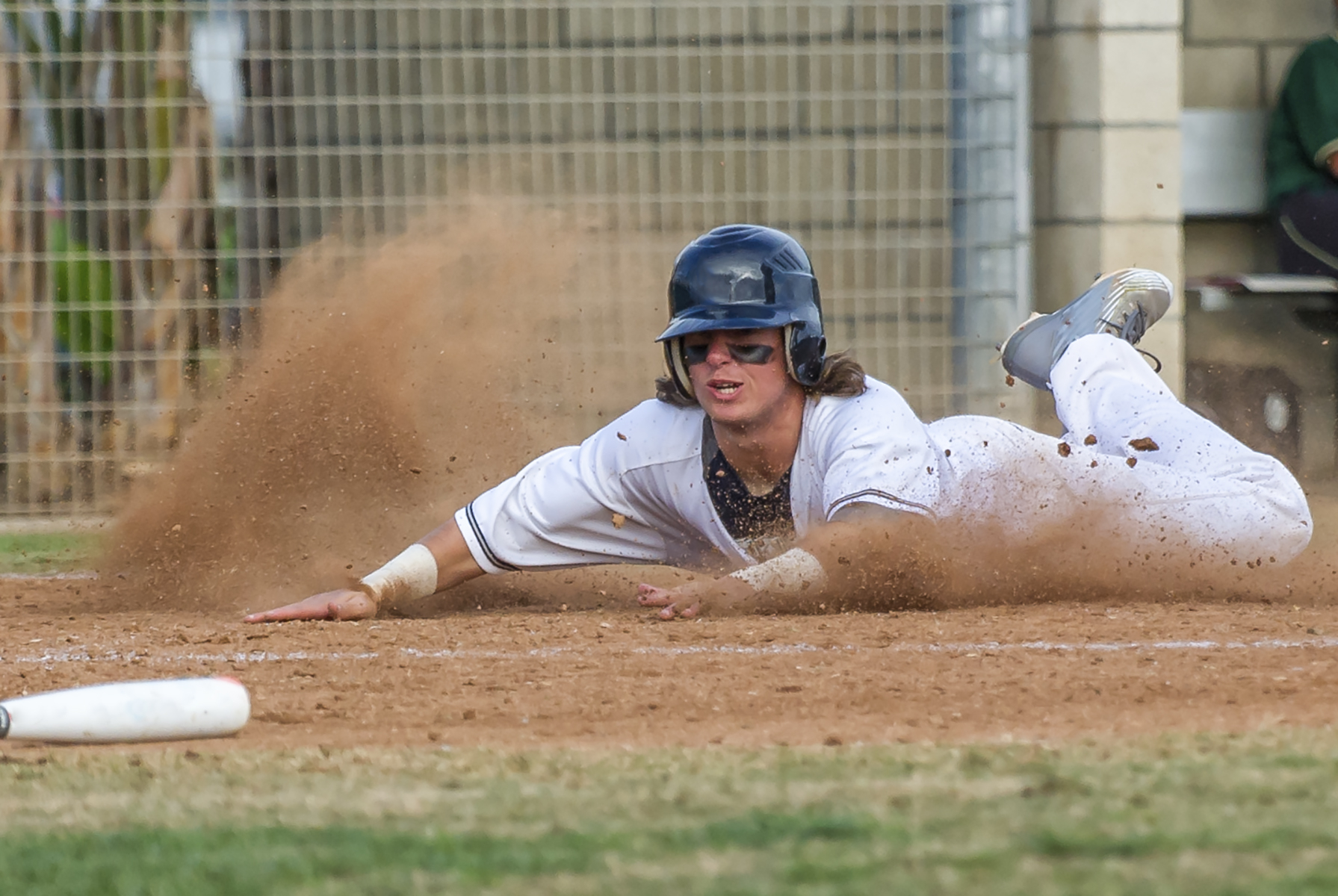 Darrell Platt, PT – Excel Therapy South Tulsa Clinic
Darrell Platt, PT – Excel Therapy South Tulsa Clinic
The feet and ankles are an important part of sports performance– they are the foundation of our movement. The activation for most athletic movement starts with the feet, ankles, and toes.
Ensuring that the feet, ankles and toes are functioning properly is not only important for injury prevention, it goes a long way toward maximizing speed, mobility, agility, power, force production and explosiveness. Like all skeletal muscles, the anatomy that surrounds the feet and ankles are designed for movement and force absorption. When these muscles don’t function as they should, it severely limits the shock absorption capabilities of the lower body. This affects the entire kinetic chain, promoting greater potential for injury from head to toe. In fact, according to Sports Health News, ankle injuries are the most common type of injury in high school athletes in the United States.
One of the easiest ways to help protect your feet and ankles is by selecting the correct footwear. Most modern athletic footwear is built for fashion as well as sport. Teams are issued matching footwear in order to give a cohesive team look. However, every athlete performs differently, thus the shoe they choose should be individualized to their body mechanics. So while looking good on the field is important, each shoe should be slightly customized for each athlete.
Walking, running and performance shoes are not created equal so do your homework when it comes to foot placement. Some people walk on the outside of the heel, called supinating or rolling outwardly. And some individuals walk on the inside of the heel, called pronating or rolling inwardly. More than 80 percent of ankle sprains are a result of excessive inversion, which is an inward rolling of the ankle, resulting in damage to the ligaments on the outside of the ankle.

Excessive pronation and supination can cause a number of ailments that affect the foot, ankle, knees, hips and back. Some of the more common symptoms of excessive pronation and supination are listed below.
- Arch pain
- Heel pain
- Flat feet
- Corns and calluses
- Ankle sprains
- Shin Splints
- Achilles tendinitis
- Knee pain
- Hip pain
- Back pain
If you are suffering from pain possibly caused by a foot and ankle problem, an Excel Therapy physical therapist can help. Our therapists specialize in treatments for orthopedic pre and post surgical injuries and rehabilitation for sprains and strains. Manual therapy, dry needling and ASTYM could get you feeling relief before the season starts without you!



